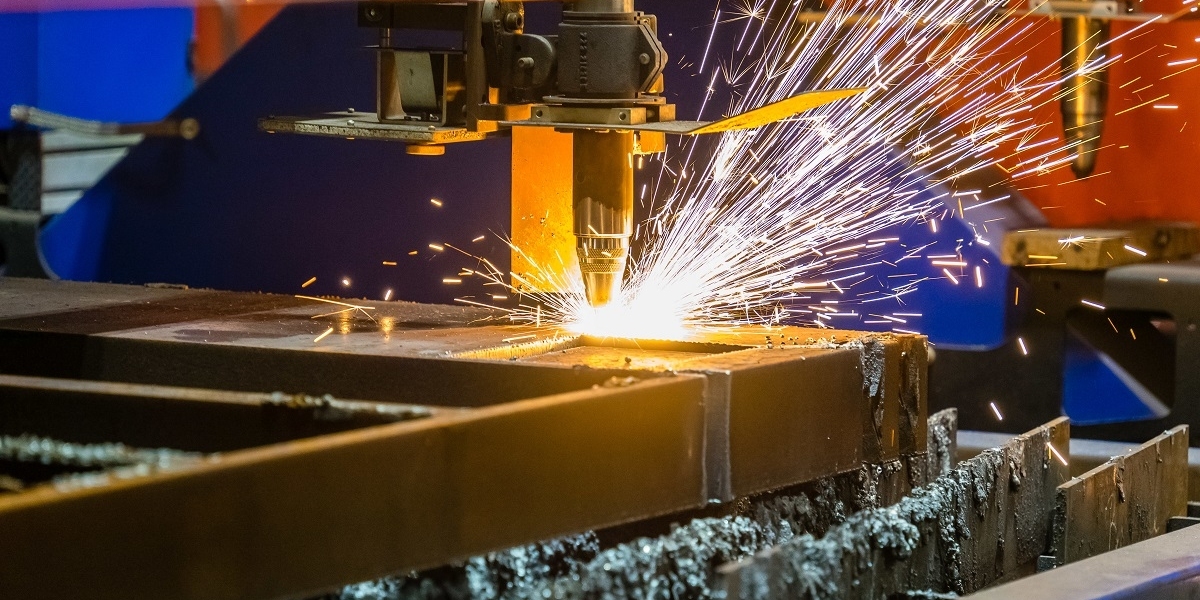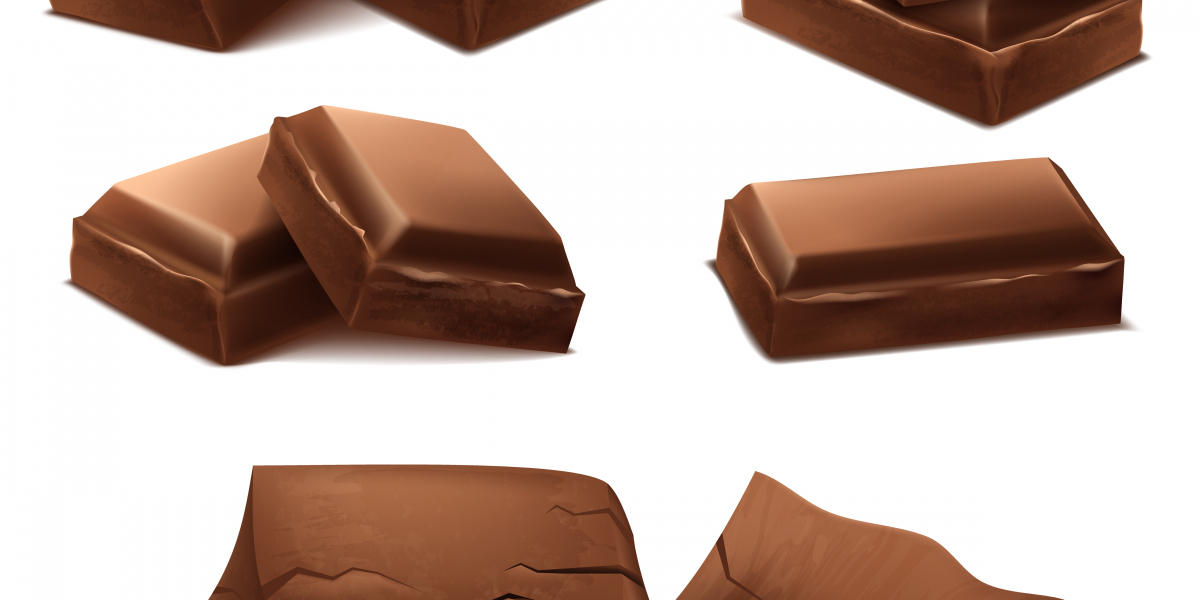Introduction: Overview of Fiber Laser Cutting Machines
Fiber laser cutting machines are a game-changer in the manufacturing and metal fabrication industries. They use a laser beam generated from a fiber optic cable to cut through materials with precision and efficiency. If you're in the market for one, knowing how to choose the best machine for your business is crucial.
Key Features to Consider
Power and Capacity
The power of a fiber laser cutter determines its ability to cut through different materials and thicknesses. Higher power lasers (above 3 kW) are ideal for cutting thicker and denser materials.
Precision and Accuracy
The accuracy of your cuts is vital, especially if your business deals in components requiring tight tolerances. Look for machines with high precision ratings.
Speed
Speed is a critical factor in production; faster machines increase throughput and reduce turnaround times, directly affecting profitability.
Software and Controls
The software controls the laser cutter's functionality and ease of use. Ensure the machine's software is intuitive and compatible with your design software.
Types of Fiber Laser Cutters
Flatbed Cutters
Ideal for sheet metal, these cutters are versatile and commonly used in various industries.
Tube Cutters
Designed for cylindrical materials, tube cutters are essential for businesses working with piping or tubing.
3D Cutters
These are used for complex and precision cutting of three-dimensional parts, ideal for the automotive and aerospace sectors.
Determining Your Needs
Material Types
Identify the types of materials your business most frequently works with to ensure compatibility with the machine's capabilities.
Production Volume
Consider your production volume. High-volume businesses will require machines with higher speed and efficiency to keep up with demand.
Business Goals
Consider how the machine fits into your long-term goals. Will it allow for expansion and integration with other technologies?
Additional Features to Consider
Automation Capabilities
Automation features like auto-loading and unloading can significantly increase production efficiency and reduce labor costs.
Cooling Systems
Laser machines generate a lot of heat, so a robust cooling system is vital to prevent overheating and prolong the machine's lifespan.
Safety Features
Safety should never be compromised. Ensure the machine has built-in safety features like smoke purifiers, emergency stops, and protective enclosures.
Cost Consideration
Initial Investment
Understand the upfront cost, but remember, the cheapest option isn't always the best. Consider the machine's capabilities and longevity.
Operating Costs
Factor in operating costs, including power consumption, maintenance, and replacement parts. These can add up over time.
Choosing the Right Vendor
Reputation and Reviews
Research vendors thoroughly. Check customer reviews and ask for references.
After-Sales Service
Good after-sales service can mean the difference between a wise investment and a costly mistake. Ensure your vendor offers comprehensive support.
Warranty and Guarantees
A good warranty can protect your investment. Look for a warranty that covers a significant period and includes critical components.
Conclusion
Choosing the right fiber laser cutting machine involves balancing several factors, including machine features, your specific needs, and financial considerations. By carefully evaluating each of these areas, you can select a machine that not only meets your current production needs but also supports your business growth over time.









